Home>Gardening & Outdoor>Plant Care & Gardening Tips>Which U.S. State Is The Franklin Tree Plant Is Native To?
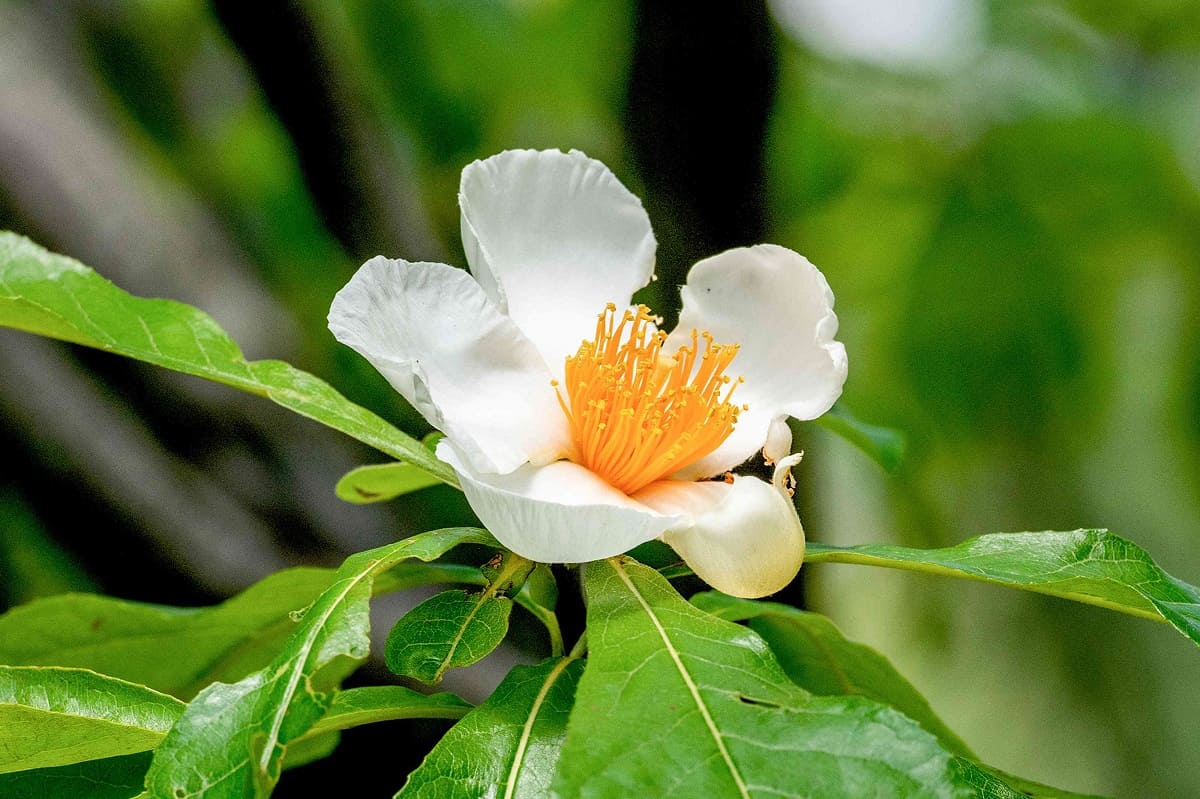

Plant Care & Gardening Tips
Which U.S. State Is The Franklin Tree Plant Is Native To?
Published: December 25, 2023
Discover the native state of the Franklin tree plant and get expert plant care and gardening tips to help it thrive. Explore everything you need to know about caring for this beautiful tree.
(Many of the links in this article redirect to a specific reviewed product. Your purchase of these products through affiliate links helps to generate commission for Storables.com, at no extra cost. Learn more)
Introduction
Welcome to the enchanting world of the Franklin tree, a botanical treasure that captivates with its delicate beauty and rich historical significance. In this article, we will delve into the fascinating realm of the Franklin tree, exploring its origins, native habitat, historical significance, and ongoing conservation efforts.
The Franklin tree, scientifically known as Franklinia alatamaha, is a truly remarkable plant that holds a special place in the hearts of plant enthusiasts and historians alike. Its captivating blooms and intriguing history make it a subject of enduring fascination and admiration.
Join us as we embark on a journey to uncover the secrets of the Franklin tree, from its native habitat to its conservation status and everything in between. Let's unravel the mysteries and marvel at the wonders of this extraordinary botanical specimen.
Key Takeaways:
- The Franklin tree, native to the southeastern United States, is a rare and endangered species with captivating blooms and historical significance, sparking dedicated conservation efforts to preserve its legacy.
- Conservation initiatives for the Franklin tree encompass in situ and ex situ strategies, research, and public awareness, aiming to protect its genetic diversity and ensure its enduring beauty for future generations.
Read more: Why Plant Native Trees
The Franklin Tree
The Franklin tree, or Franklinia alatamaha, is a deciduous tree renowned for its striking beauty and captivating presence. This unique species is a member of the tea family, Theaceae, and is the sole species within its genus, making it a botanical rarity. The tree is celebrated for its large, fragrant, and showy white flowers, which grace its branches in late summer and early autumn, adding a touch of elegance to any landscape.
Featuring dark green, glossy leaves that transition to fiery shades of red, orange, and purple in the fall, the Franklin tree offers a spectacular display of seasonal color. Its attractive bark, which exfoliates to reveal patches of gray, brown, and orange, further adds to its visual appeal, making it a sought-after ornamental tree in gardens and arboretums.
The Franklin tree’s compact, rounded form and moderate size, typically reaching heights of 10 to 20 feet, make it a versatile choice for various landscaping applications. Whether planted as a focal point in a garden or integrated into a mixed border, this tree never fails to captivate with its unique charm and aesthetic allure.
Despite its ornamental value, the Franklin tree’s status as an endangered species adds an air of mystery and urgency to its cultivation and preservation. Its captivating beauty and intriguing history have spurred dedicated efforts to safeguard its existence and ensure that future generations can continue to marvel at its splendor.
Native Habitat of the Franklin Tree
The Franklin tree holds a special place in the botanical world as a native species of the southeastern United States. Specifically, it was first discovered along the banks of the Altamaha River in Georgia in the late 18th century by the renowned botanist brothers, John and William Bartram. This serendipitous encounter marked the beginning of the tree’s documented presence in its natural habitat.
The tree’s native habitat is characterized by moist, well-drained soils in forested areas, often near riverbanks and in mixed woodlands. It thrives in locations with partial shade, where it can benefit from dappled sunlight and protection from harsh midday rays. The Franklin tree’s natural range encompasses regions with relatively mild winters and warm, humid summers, creating an ideal environment for its growth and development.
One of the most intriguing aspects of the Franklin tree’s native habitat is its apparent disappearance from the wild. Following its initial discovery, no wild populations of the tree have been identified, leading to speculation about the factors that contributed to its enigmatic absence. Despite extensive exploration and conservation efforts, the tree’s natural occurrence remains a captivating enigma, adding to its allure and mystique.
Given the tree’s endangered status, its native habitat has become a focal point of conservation initiatives aimed at preserving its genetic diversity and ensuring its continued existence in the wild. Efforts to protect and restore suitable habitats, coupled with ongoing research and monitoring, play a crucial role in safeguarding the legacy of the Franklin tree and maintaining the ecological balance of its native ecosystems.
Exploring the native habitat of the Franklin tree offers a glimpse into a world of botanical wonder and ecological significance. From its historic origins to its current conservation status, the tree’s natural habitat serves as a testament to the enduring allure and importance of preserving our natural heritage.
The Franklin tree plant is native to the state of Alabama in the United States.
Historical Significance
The Franklin tree’s historical significance extends far beyond its botanical allure, intertwining with the rich tapestry of American history and horticultural exploration. Its discovery by John and William Bartram in 1765 marked a pivotal moment in the annals of botanical exploration, as it introduced the world to a previously unknown and enigmatic species.
Named in honor of the esteemed American statesman and polymath, Benjamin Franklin, the tree’s nomenclature reflects the spirit of intellectual curiosity and scientific inquiry that characterized the era of its discovery. Its association with Franklin, a figure renowned for his diverse contributions to science and society, further elevates the tree’s historical resonance and cultural significance.
The Franklin tree’s captivating blooms and distinctive foliage captured the imaginations of plant enthusiasts and horticulturists, leading to its cultivation in gardens and estates across the United States and beyond. Its ornamental value and intriguing backstory transformed it into a botanical treasure, cherished for its rarity and historical pedigree.
Throughout the centuries, the Franklin tree has remained a symbol of resilience and perseverance, overcoming the challenges of its endangered status through dedicated conservation efforts and horticultural stewardship. Its survival in cultivation stands as a testament to the enduring legacy of botanical exploration and the enduring allure of rare and enigmatic plant species.
Today, the Franklin tree continues to inspire awe and admiration, serving as a living testament to the enduring connections between nature, history, and human curiosity. Its historical significance transcends its biological attributes, embodying the spirit of exploration and the enduring legacy of botanical discovery.
Conservation Efforts
The endangered status of the Franklin tree has spurred dedicated conservation efforts aimed at preserving its genetic diversity and ensuring its continued existence for future generations. Recognizing the ecological and historical significance of this rare species, organizations and botanical institutions have rallied to protect and propagate the tree, safeguarding its legacy for posterity.
Conservation initiatives for the Franklin tree encompass a multifaceted approach, encompassing both in situ and ex situ conservation strategies. In situ conservation focuses on preserving the tree within its natural habitat, emphasizing the protection and restoration of suitable ecosystems where the tree once thrived. This approach involves habitat restoration, population monitoring, and measures to mitigate threats to the tree’s survival in the wild.
Ex situ conservation efforts play a complementary role in safeguarding the genetic diversity of the Franklin tree. Botanical gardens, arboretums, and specialized conservation facilities serve as repositories for living collections of the tree, providing a vital safeguard against the risk of extinction in the wild. Through careful cultivation, propagation, and genetic preservation, these institutions contribute to the long-term survival of the species.
Research and monitoring form integral components of conservation efforts, enabling a deeper understanding of the ecological requirements, genetic diversity, and potential threats facing the Franklin tree. By conducting comprehensive studies and population assessments, conservationists can develop targeted strategies to support the tree’s conservation and promote its resilience in the face of environmental challenges.
Public awareness and education initiatives play a pivotal role in fostering support for the conservation of the Franklin tree. By engaging communities, raising awareness about the tree’s plight, and highlighting its cultural and ecological significance, conservationists aim to garner widespread appreciation and advocacy for its protection.
Ultimately, the collective efforts of conservationists, researchers, horticulturists, and advocates converge to safeguard the future of the Franklin tree. Through a harmonious blend of scientific expertise, public engagement, and dedicated stewardship, these endeavors seek to ensure that the enigmatic beauty and historical resonance of the Franklin tree endure for generations to come.
Read more: What Native Trees Should I Plant
Conclusion
The captivating allure and historical significance of the Franklin tree weave a narrative that transcends botanical curiosity, encompassing ecological stewardship, historical resonance, and the enduring spirit of conservation. From its enigmatic origins along the banks of the Altamaha River to its status as an endangered botanical treasure, the Franklin tree embodies a tale of resilience, discovery, and dedicated preservation.
As we reflect on the remarkable journey of the Franklin tree, we are reminded of the intrinsic value of preserving our natural heritage and safeguarding the legacy of rare and enigmatic plant species. Its delicate blooms and vibrant foliage serve as poignant reminders of the interconnectedness between nature, history, and human curiosity, inspiring wonder and admiration in equal measure.
Through concerted conservation efforts, the Franklin tree stands as a symbol of hope and resilience, embodying the collective dedication to protecting our natural world and nurturing the legacy of botanical exploration. Its story serves as a testament to the enduring impact of scientific inquiry, the power of historical discovery, and the timeless allure of rare and remarkable plant species.
As we look to the future, the conservation of the Franklin tree serves as a poignant reminder of the importance of collective stewardship and dedicated preservation. By nurturing the legacy of this botanical treasure, we honor the spirit of exploration, the legacy of historical discovery, and the enduring beauty of our natural world.
May the tale of the Franklin tree inspire generations to come, fostering a deep appreciation for the wonders of nature and the enduring legacy of rare and remarkable plant species. Through our collective efforts, we can ensure that the enigmatic beauty and historical resonance of the Franklin tree continue to captivate and inspire for centuries to come.
Frequently Asked Questions about Which U.S. State Is The Franklin Tree Plant Is Native To?
Was this page helpful?
At Storables.com, we guarantee accurate and reliable information. Our content, validated by Expert Board Contributors, is crafted following stringent Editorial Policies. We're committed to providing you with well-researched, expert-backed insights for all your informational needs.
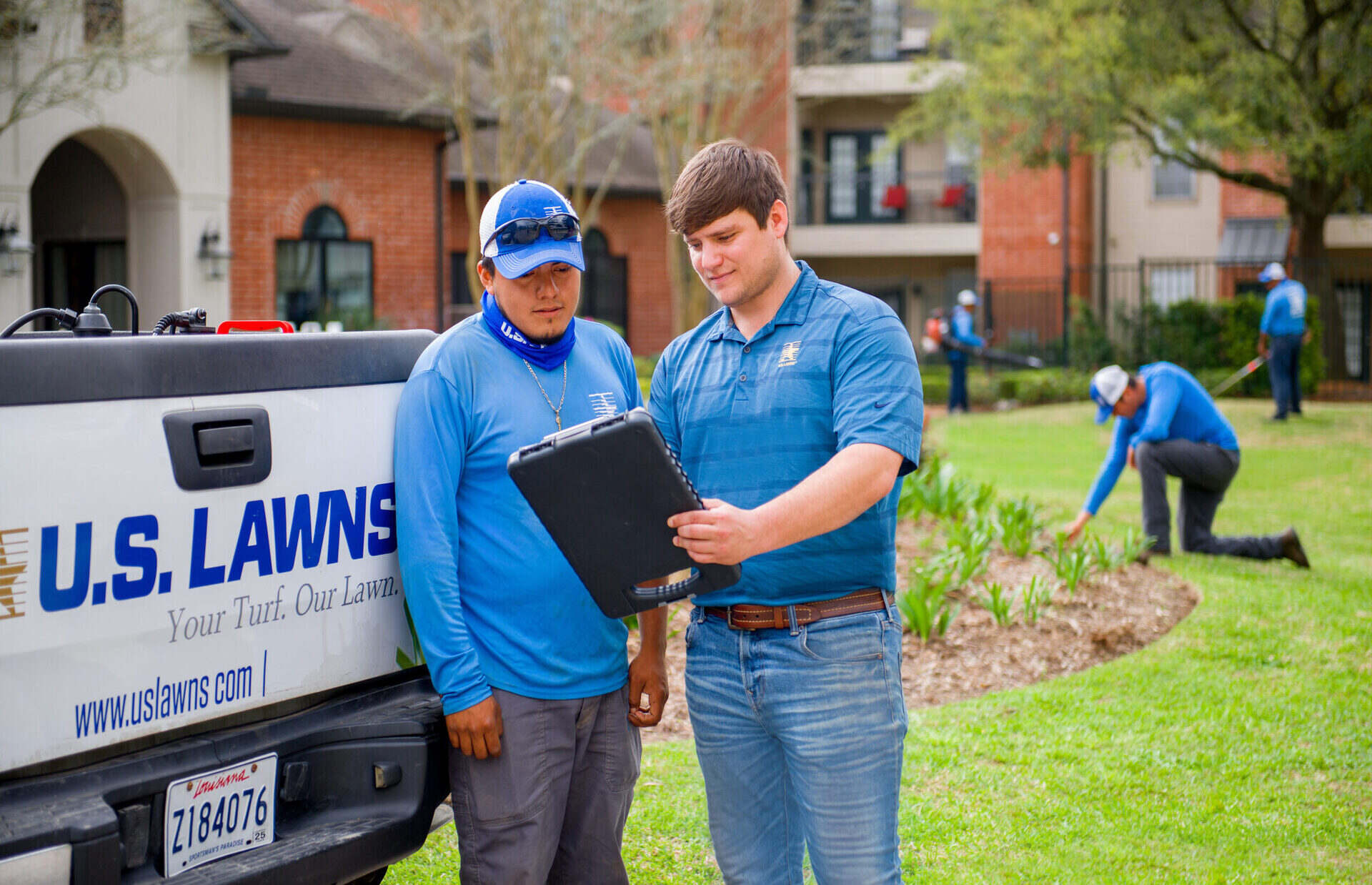
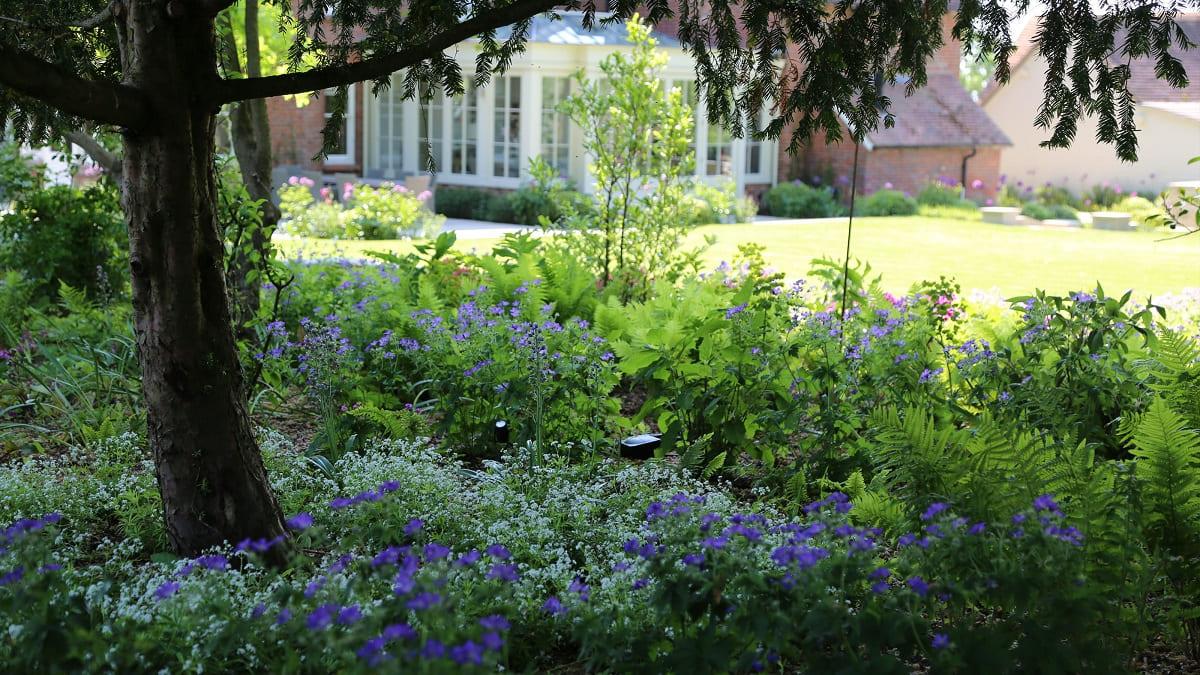


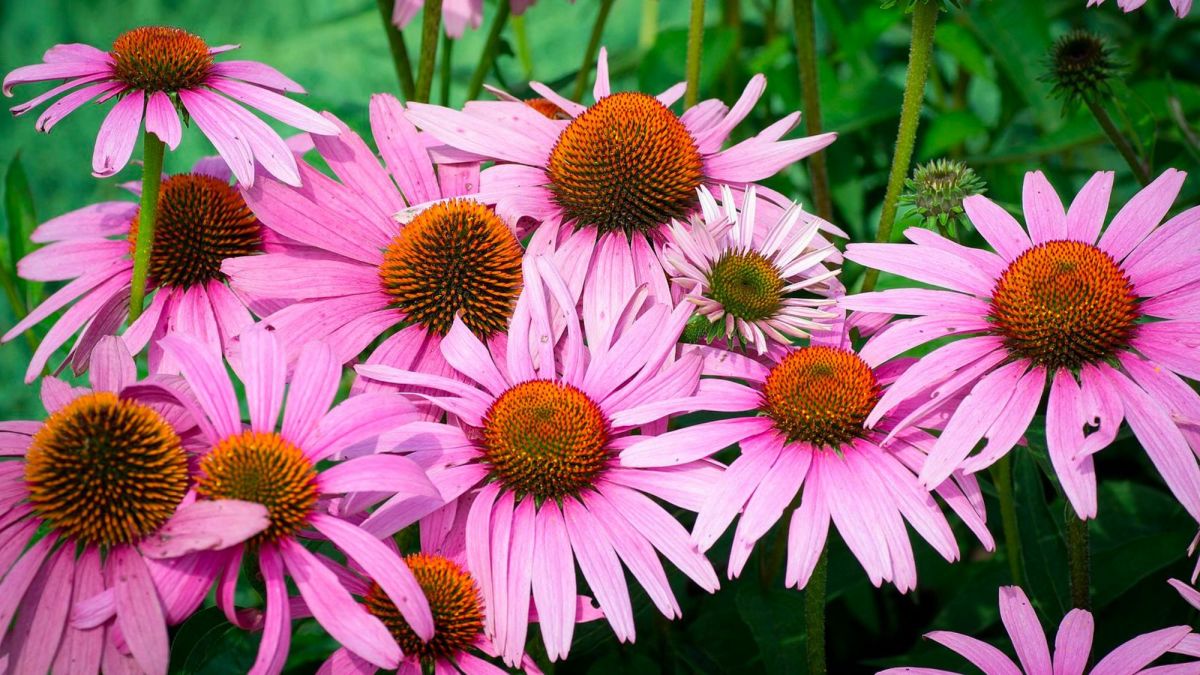

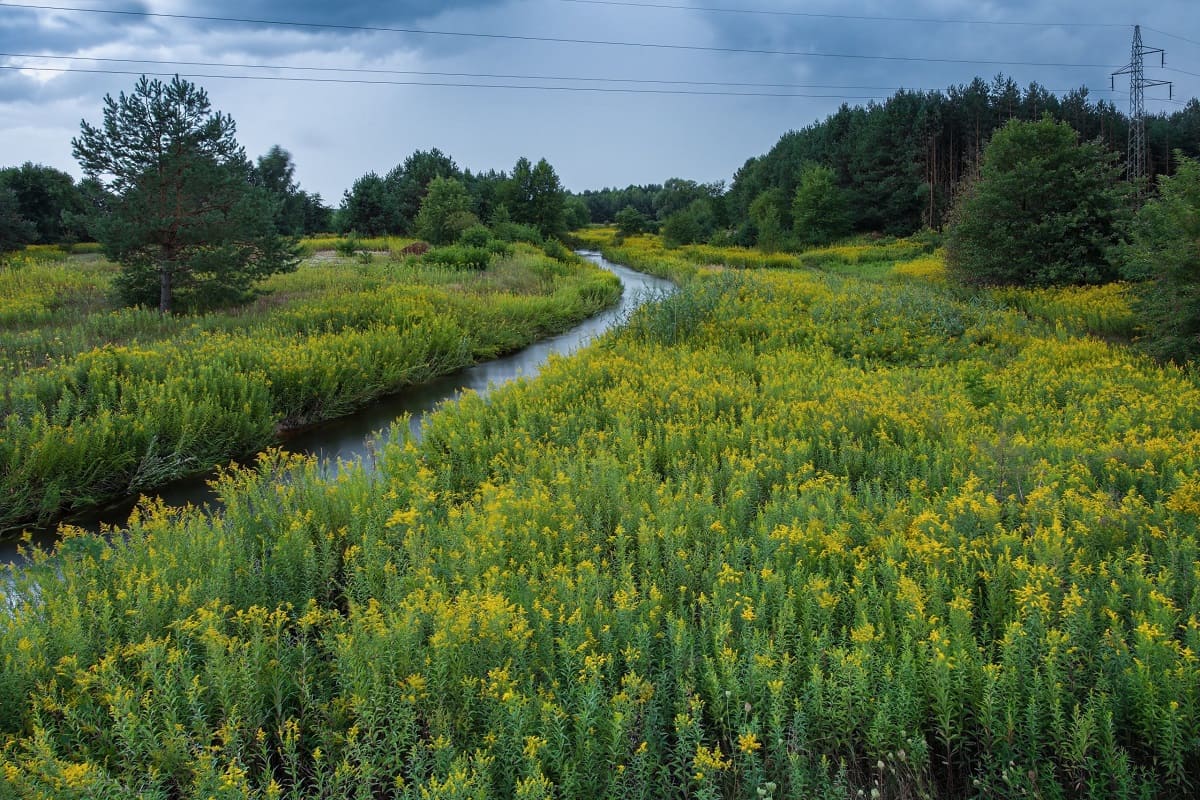
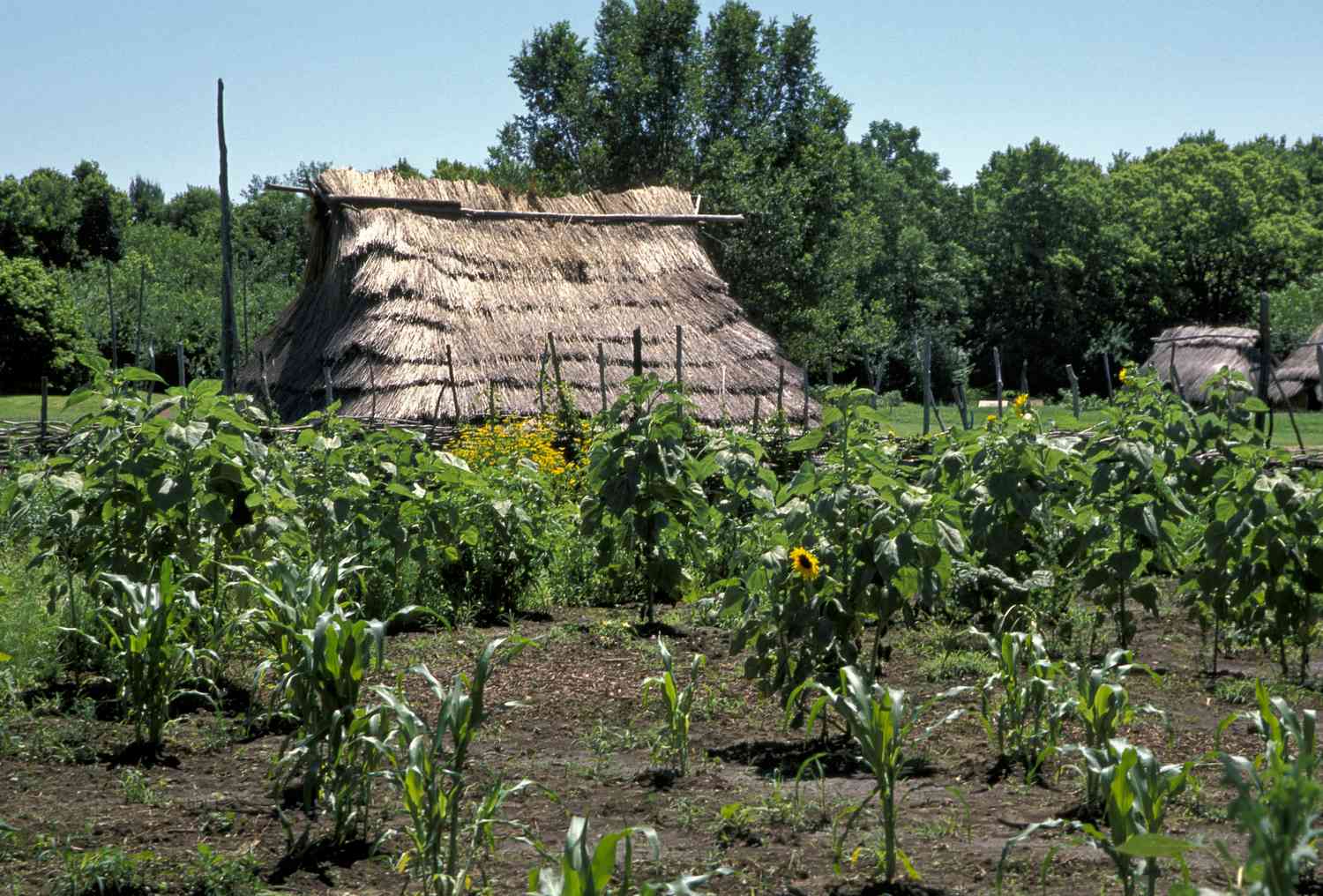
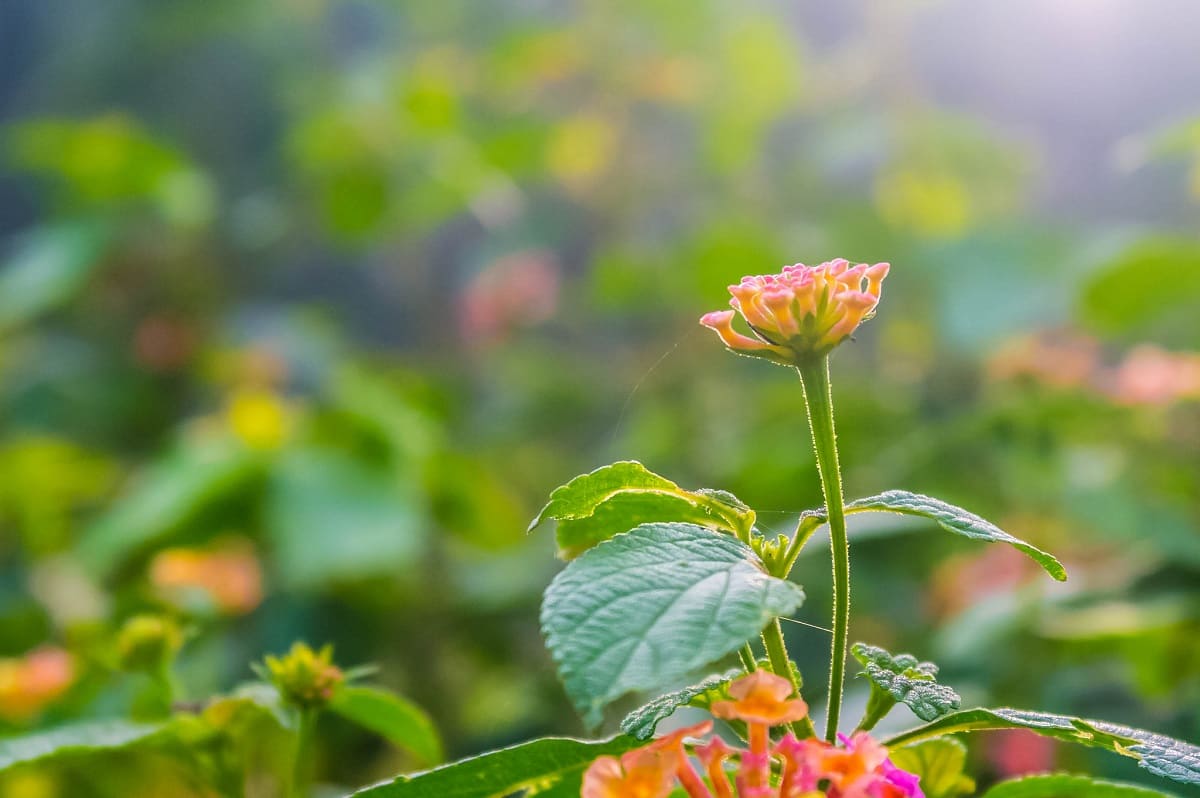

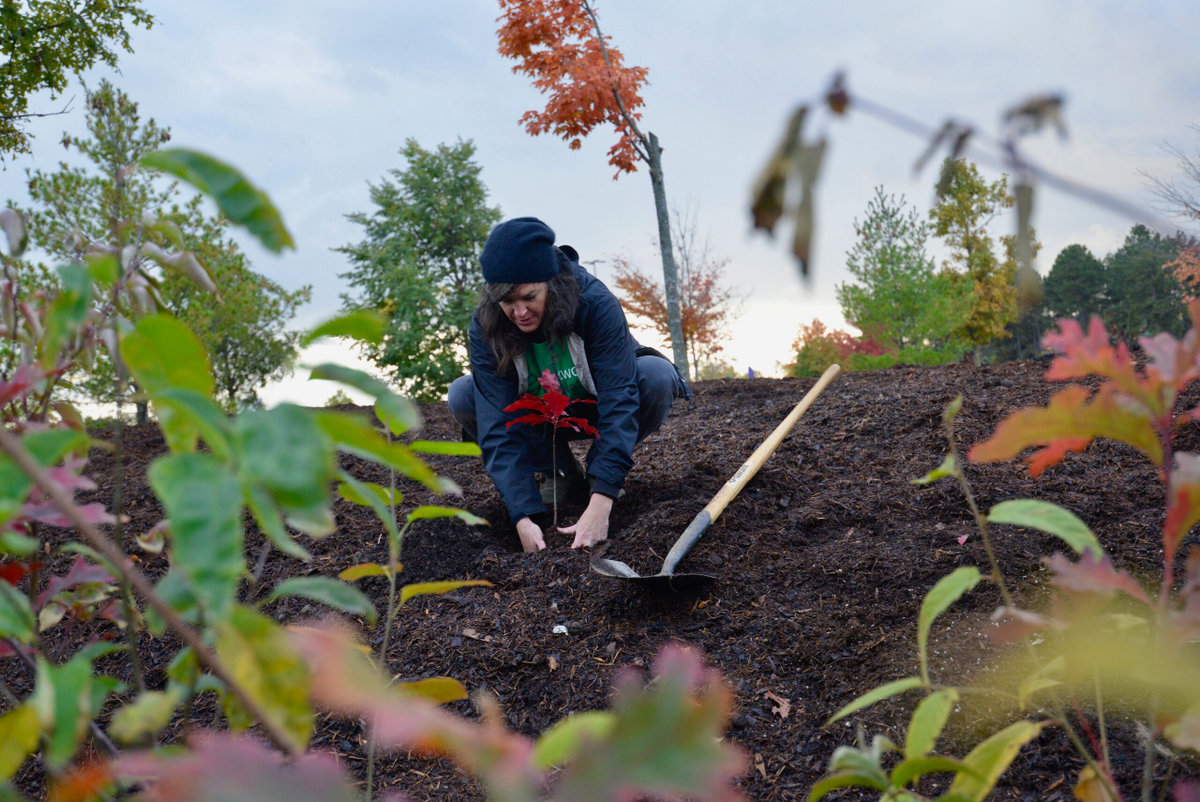
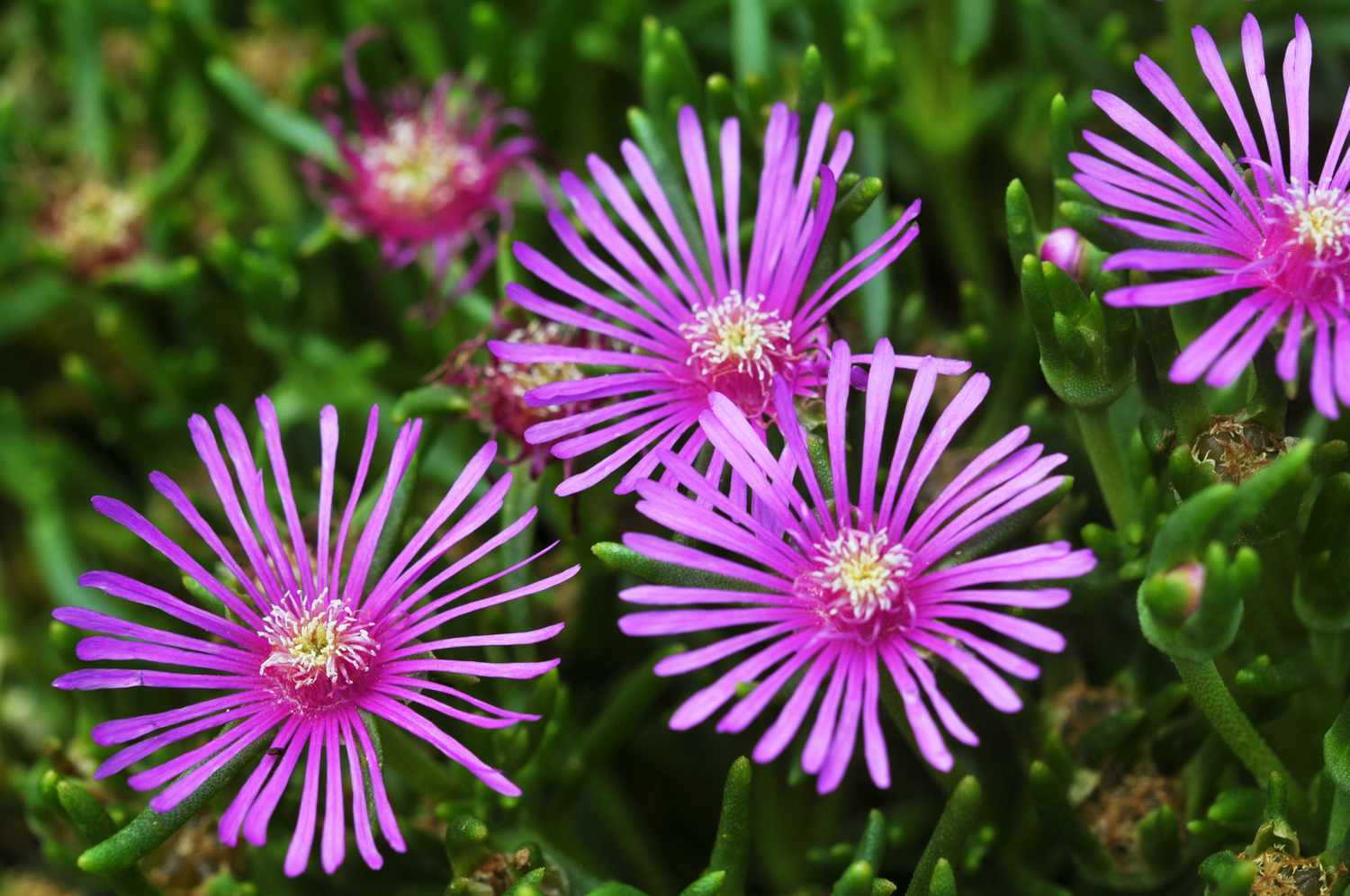
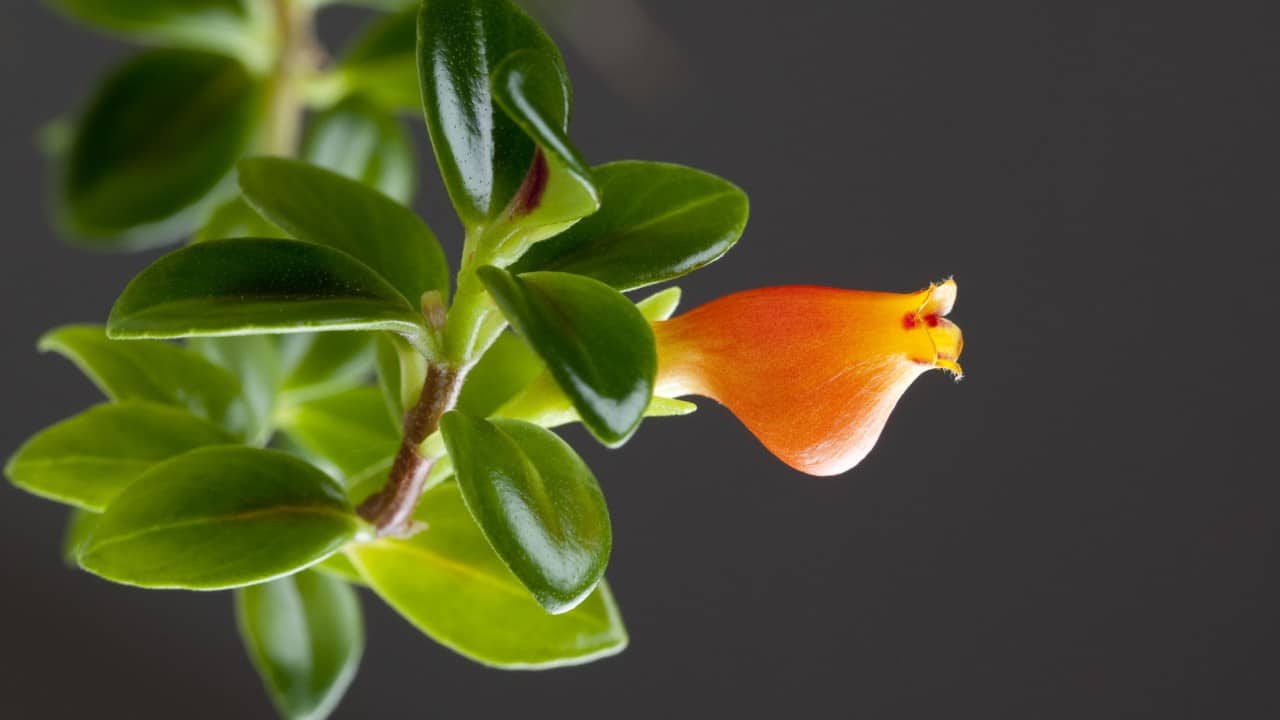
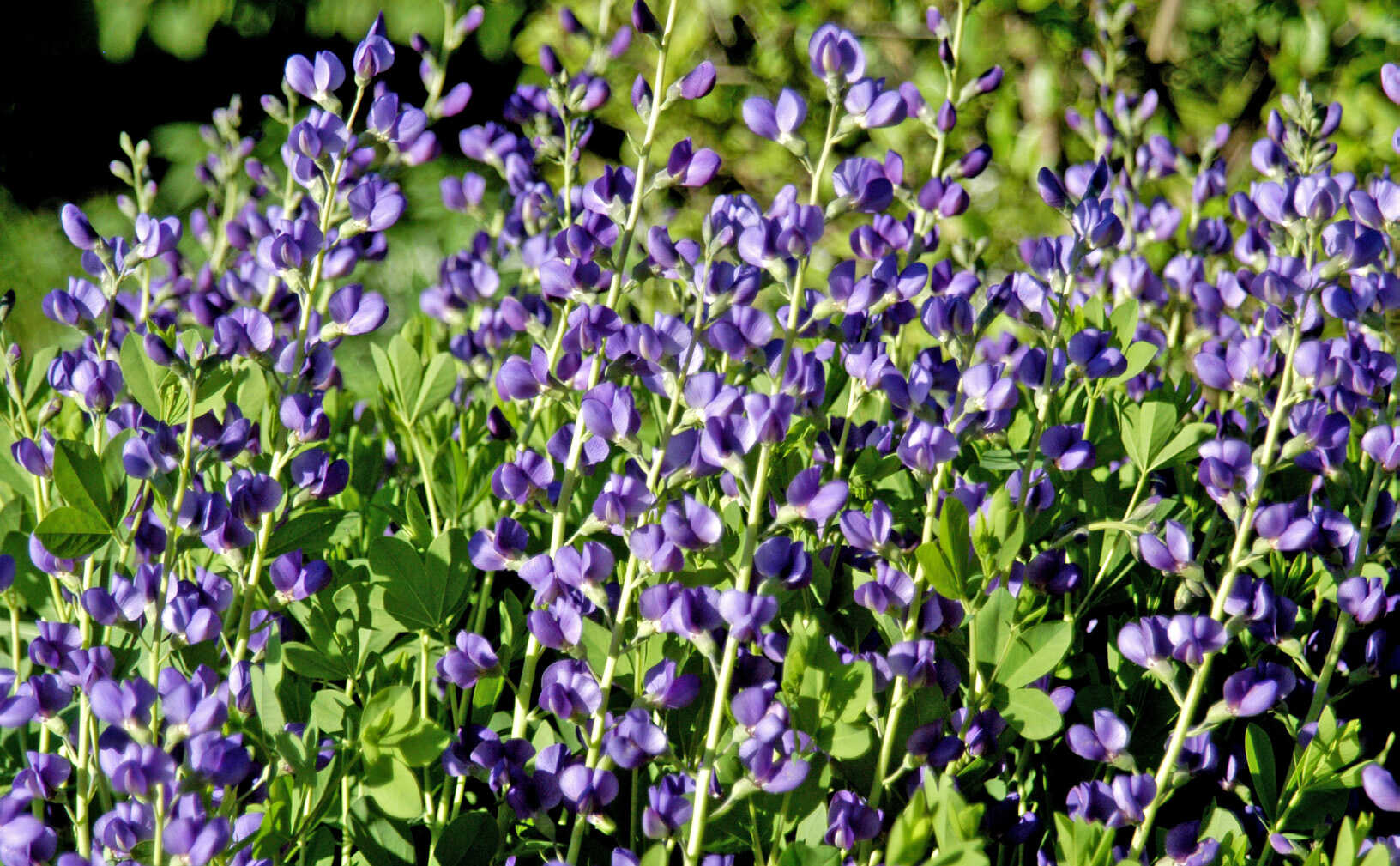

0 thoughts on “Which U.S. State Is The Franklin Tree Plant Is Native To?”